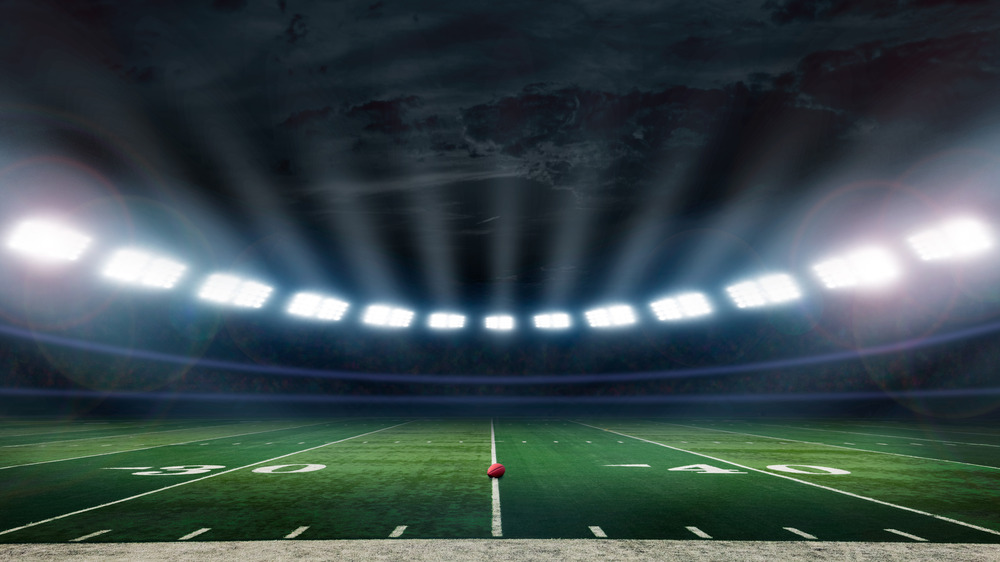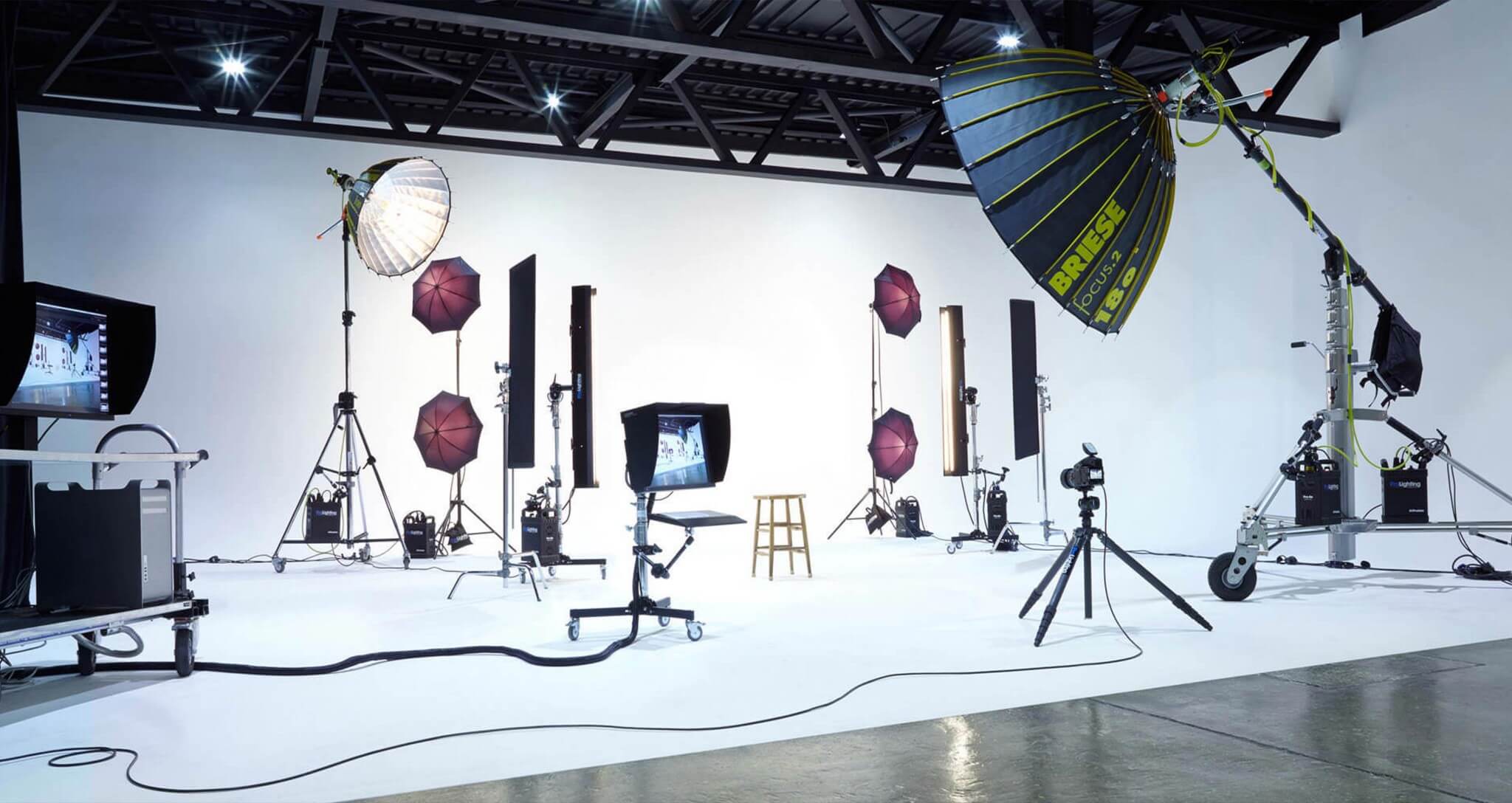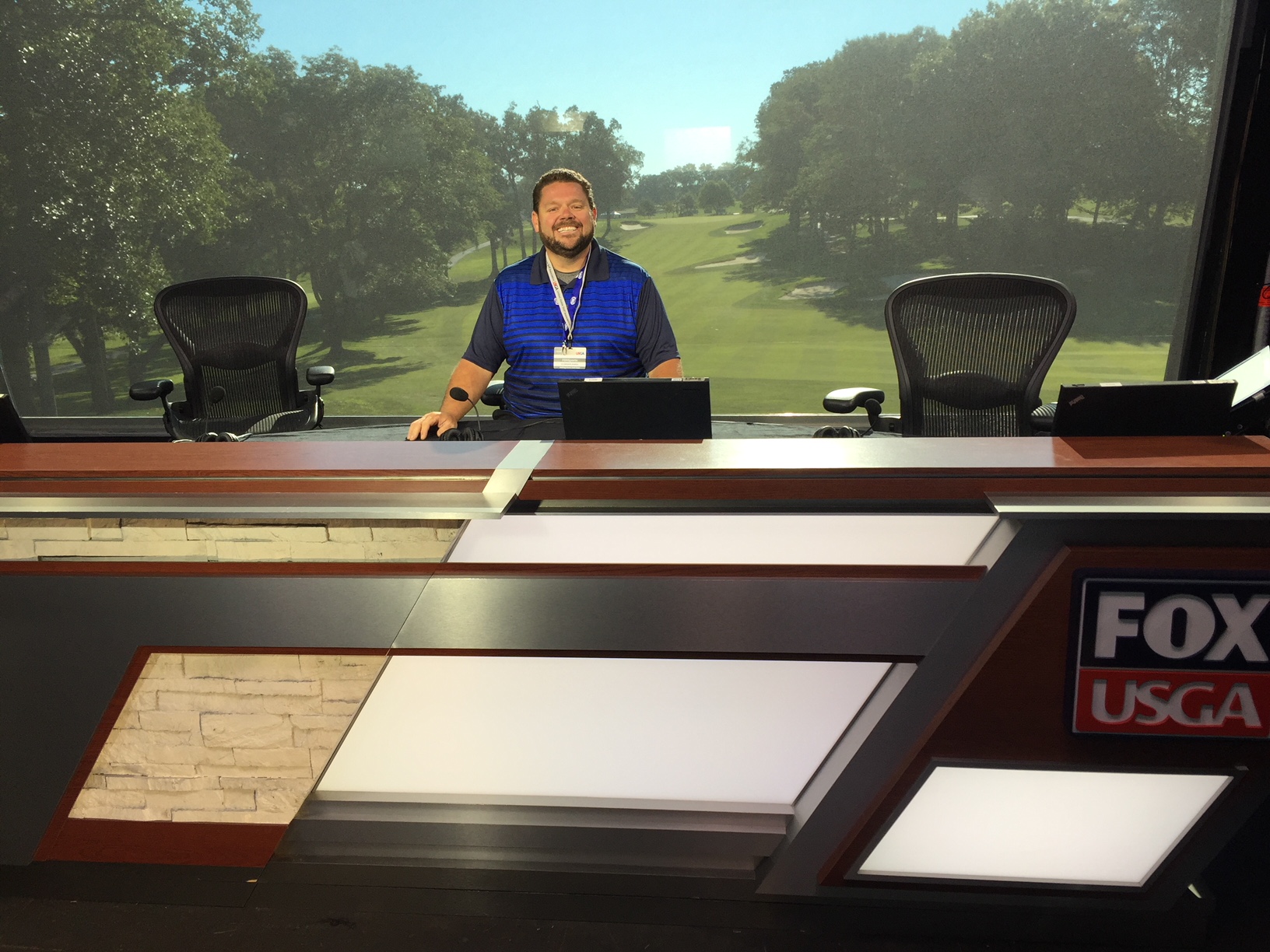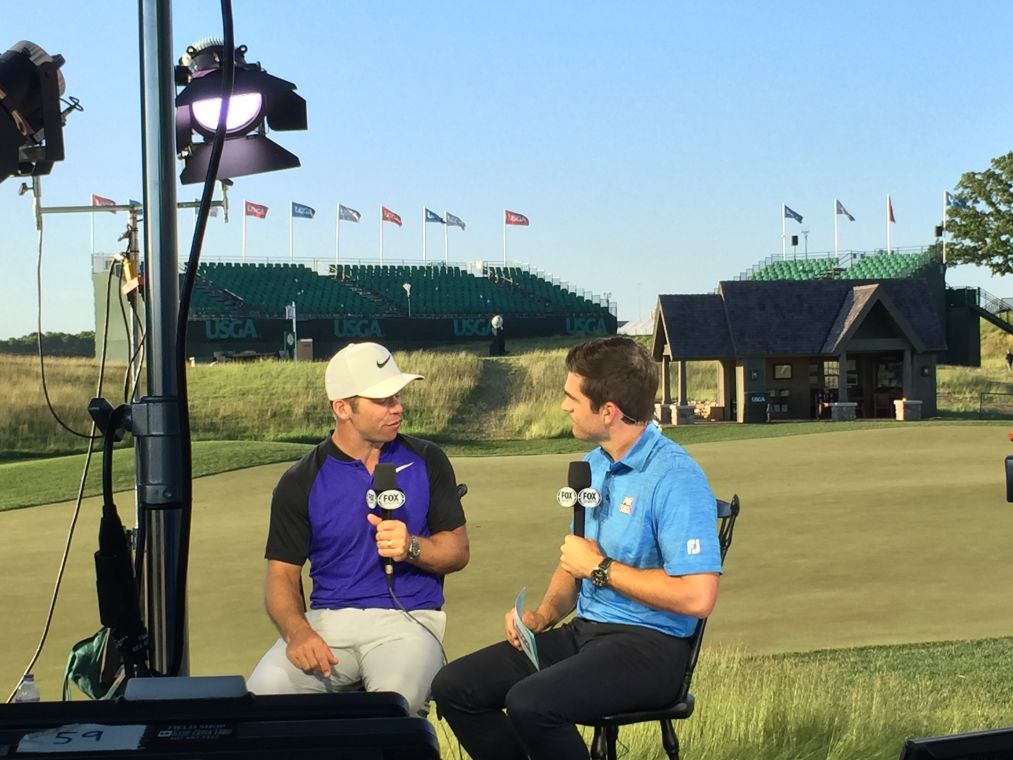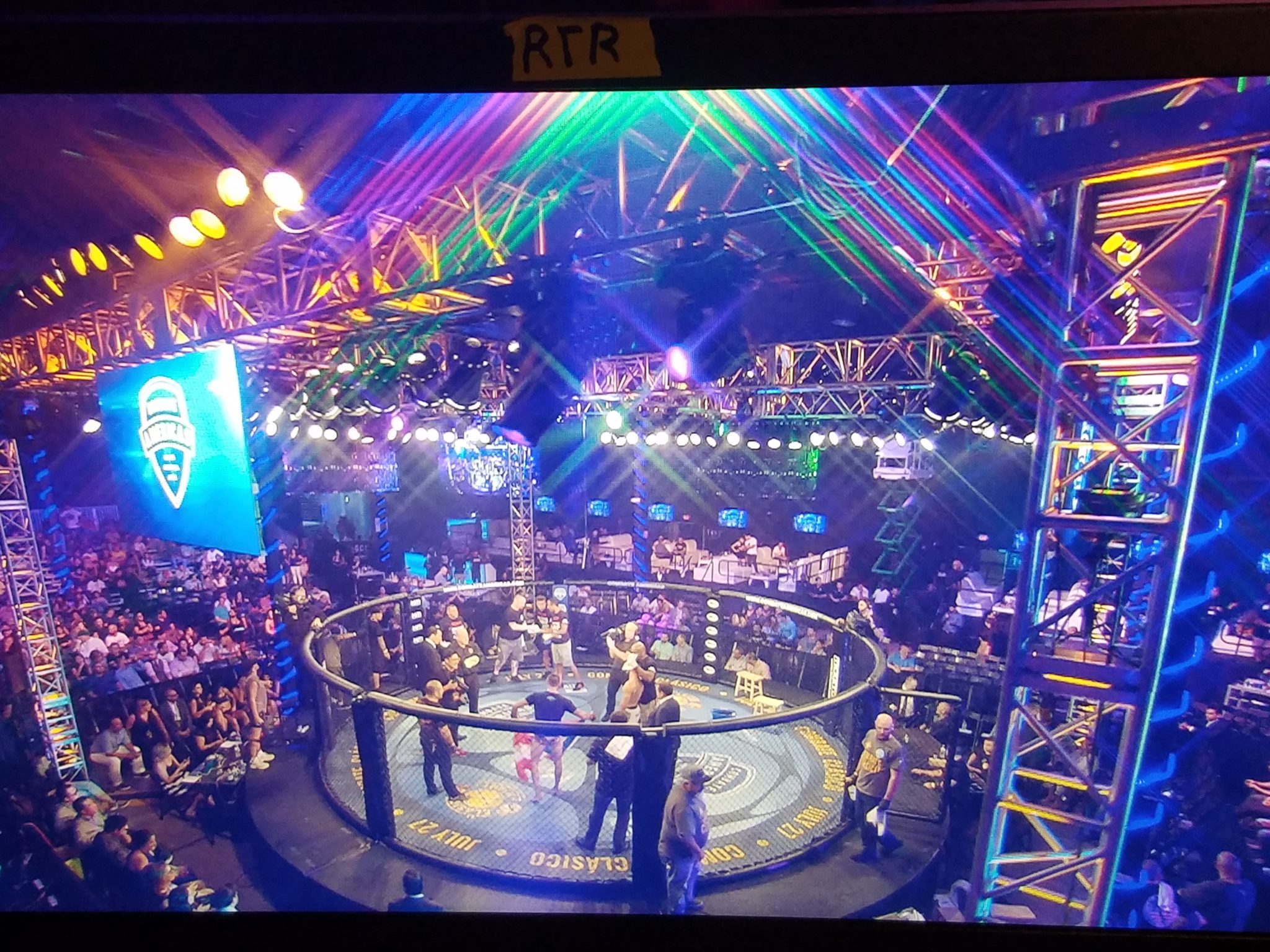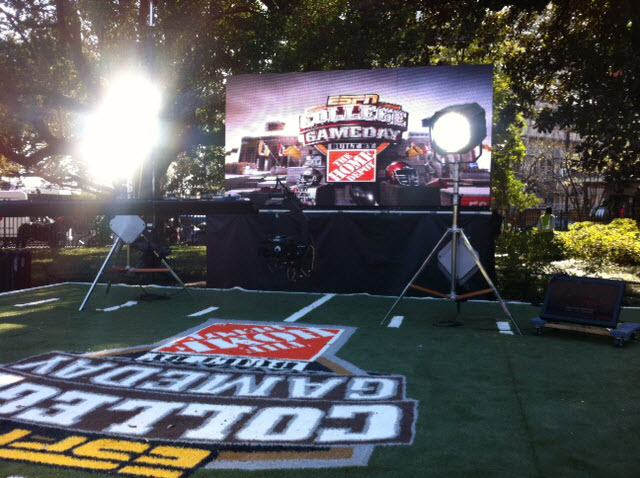As the Super Bowl countdown begins, an unsung hero works behind the scenes to make every play pop on your screen: televised sports lighting. While debating which quarterback will shine, these light wizards ensure the entire field gleams like a diamond. The proper Super Bowl lighting setup eliminates every shadow and ensures that every moment on and off the field is crisp, giving every fan a front-row view.
Understanding the Role of Sports Event Lighting for Audiences and Athletes
Whether it’s a high-stakes Super Bowl broadcast, NFL conference championship, or MLB spring training, proper sports lighting is critical for an immersive, high-quality experience. Televised sports event lighting is essential for illuminating the field and enhancing broadcast quality, player performance, and the expertise of live spectators.
For players, visibility on the field is everything. Poor stadium and broadcast lighting can result in slower reaction times, misjudged plays, and serious injuries. High-quality sports event lighting and production are carefully designed to:
- Ensure even illumination on the field
- Eliminate shadows and glare
- Enhance depth perception
Sports event lighting engineers reduce dark spots on the field to maintain a consistent visual appearance for players and audiences. Eliminating shadows and glare on the field prevents distractions that could affect the players’ coordination and accuracy. Depth perception in sporting event lighting helps players follow their opponents and track fast-moving balls.
For fans, both watching from home or in the stadium, lighting directly influences their game-day experience. High-quality televised sports lighting results in:
- Better viewing angles for fans
- Crisp broadcast footage
- A vibrant atmosphere
Sports lighting directors for the Super Bowl ensure fans can see all the action with a clear view, no matter where they’re viewing from. Cutting-edge lighting technology helps TV networks deliver high-quality images and slow-motion replays without distortion or flickering lights. Stadium lighting for the Super Bowl can synchronize with team colors, music, and special effects to ensure a once-in-a-lifetime experience.
The Evolution of Super Bowl Lighting
Millions of viewers tune in yearly to watch the Super Bowl with high expectations for a high-definition, crystal-clear broadcast. Televised sports lighting is the secret MVP of the Super Bowl broadcast, ensuring every touchdown, tackle, and halftime performance is captured in stunning detail.
Over the years, televised sporting event lighting and production have dramatically improved. With advancements in lighting systems and technological expertise, sports lighting experts have replaced the former harsh, flickering stadium lights with cutting-edge LED lighting systems.
Today’s Super Bowl broadcasts feature state-of-the-art televised sports lighting designed to keep up with high-speed action and adapt to ultra-HD cameras. This provides at-home viewers and stadium fans with a once-in-a-lifetime experience.
LED Lighting Technology
Light-emitting diode (LED) technology is today’s most energy-efficient lighting technology. It offers more durable, longer-lasting light quality than its competitors. LED lighting is transforming the experience of sports events, providing better color accuracy and brightness for every game. Energy-efficient LED systems have replaced traditional metal halide and fluorescent lights in sports stadiums and televised events.
Dynamic Lighting Control
For a Super Bowl broadcast, lighting technicians can instantly adjust color temperature and brightness in the stadium and for broadcasts. This dynamic lighting control optimizes the viewing experience for different camera angles throughout the Super Bowl. Unlike traditional lighting, LEDs don’t require warm-up time, making them ideal lighting solutions for dynamic lighting effects.
Flicker-Free Lights for Stadiums
With cameras shooting at ultra-high frame rates, flickering lights can complicate replays and the overall Super Bowl broadcast. Modern stadium lighting technology must be flicker-free to capture smooth slow-motion replays and high-frame-rate video.
How Televised Sports Lighting Enhances Super Bowl Broadcasts
Lighting and production play a significant role in numerous events, including concerts, televised events, festivals, sports events, and corporate events. Even if most fans or audiences don’t always notice the lights, their experience would not be the same without them. For Super Bowl broadcasts, lighting enhances the overall experience for viewers and players alike. By optimizing color temperature and minimizing shadows, sports lighting experts aim to enhance the experience of the big game both on and off the screen.
Sharper Image Quality
High-definition and 4K broadcasts like the Super Bowl require consistent, balanced lighting to eliminate overexposure and glare. Sports event lighting directors optimize the color temperature to ensure the lighting is ideal for highlighting natural skin tones and team colors. Uniform light distribution helps minimize shadows and hotspots on the field, ensuring no play or touchdown is lost in a glare or darkness.
Enhanced Player Visibility
Player visibility is crucial for following the action on the field during the Super Bowl broadcast. Thanks to even illumination, which eliminates harsh shadows, fans in the stadium or watching from home can follow every plan with precision.
Broadcasters use high-dynamic range (HDR) technology to account for camera sensitivity. This technology demands lighting to manage vivid highlights and deep contrasts on the football field. Enhanced player visibility contributes to enhanced player and spectator security, reducing the risk of collisions, falls, and accidents on the field.
Cinematic Halftime Shows
The lighting setup for the Super Bowl broadcasts and halftime show seamlessly transitions into a cinematic atmosphere. Televised sports event lighting engineers transform the action from a bright field during game time to a dim production for the halftime performance.
Game-Changing Televised Sports Lighting
So when the stadium lights up like a supernova, remember: it’s not just illumination; it’s televised sports lighting artistry. These behind-the-scenes superstars ensure that on the biggest night in football, every player—and every pixel—shines brighter than a diamond in the end zone!
Frank Gatto and Associates offers high-quality televised and sporting event lighting and production in Miami, FL. Some of the industry’s best professionals provide our televised sports lighting services nationally and internationally.
Reference:
- U.S. Department of Energy. LED Lighting.

